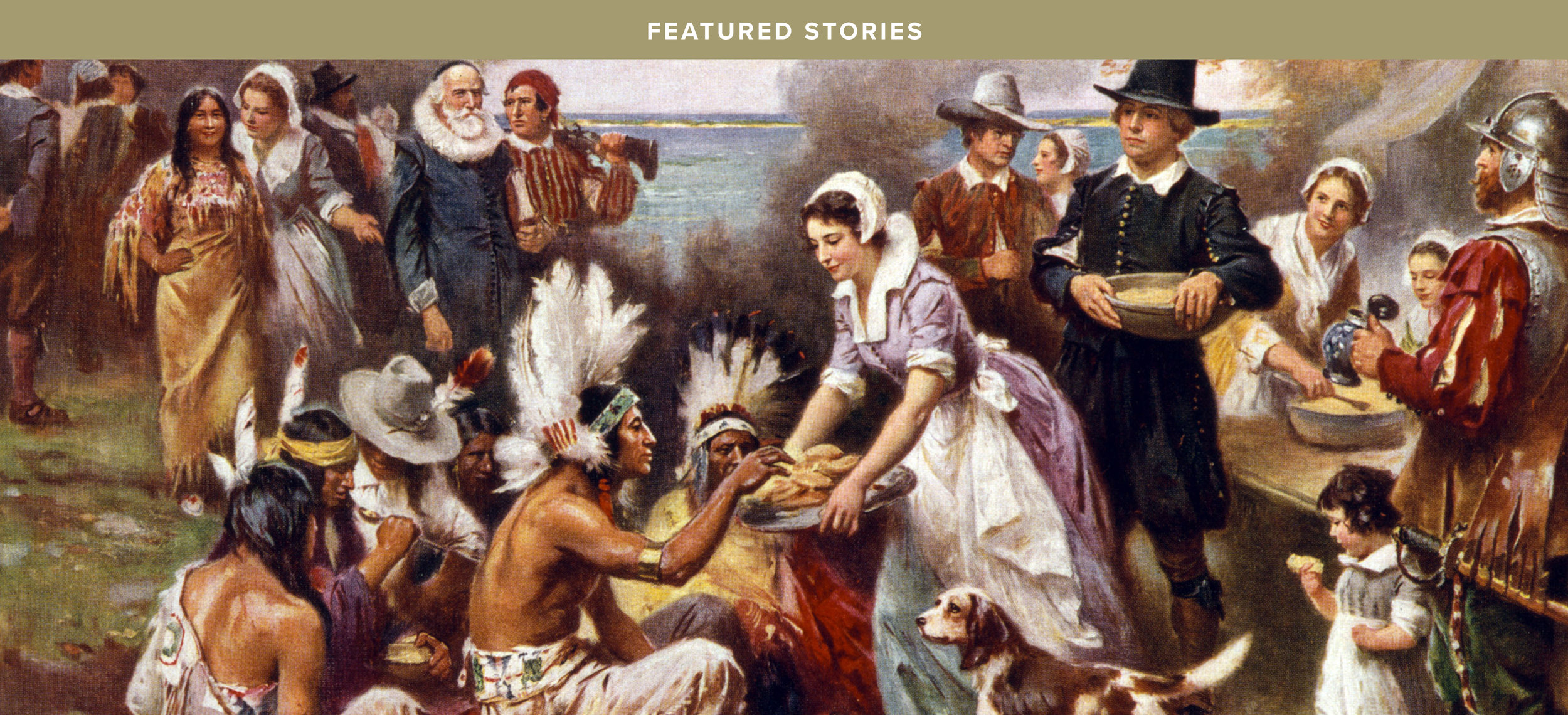The Fossilization of Martin Luther
What is a fossil? I'll come back and answer that question later.
In the meantime, as we recall the recent commemoration of the 500th anniversary of the Protestant Reformation, it would be good to consider the book There We Stood, Here We Stand, edited by Tim Drake, a collection of testimonials by former Lutherans who converted to Catholicism.
All converts have to face questions. From others and from themselves. But a Lutheran becoming a Catholic is faced with the big questions that led to one of history’s turning points half a millennium ago, questions that they had assumed were already answered: What is the place of the Pope? Of the Priest? Of Mary? What are the Sacraments? What is Apostolic Authority? Is there a continuity to the Catholic Church that is not found elsewhere? One of the realizations encountered by these men and women was that they belonged to a denomination born of protest, a church that had turned its back on the Church. Then they faced an even more uncomfortable realization: that their own church had turned its back on itself. When, for instance, the leadership of the Evangelical Lutheran Church of America (ELCA) started setting policies in direct contradiction to what their church had always taught regarding sexual morality and the sanctity of human life, the questions they faced were: What do we do now? Where do we go? Do we break off once again from a corrupt church and “re-form” into a new-improved sect, or do we return to the first Church from whence all other churches have splintered?
One of the surprising things is that some of these Lutherans became Catholic not because of Catholics, but almost in spite of them. There are those in the Catholic Church who are not pleased to see conversions such as these because these converts take their new-found faith and their new-found church quite seriously. They really want a Church that speaks with authority against the fads and fashions of the world, rather than a Church that is only too anxious to have its own agenda set by those fads and fashions. While the Catholic Church represents a kind of unity not found among the literally thousands of Protestant denominations, the Catholic Church is not without its own problems of dissension and disagreement. But even the continuing controversies in the Catholic Church are a form of continuity not found in the protestant sects which not only cannot maintain the traditions, but cannot even maintain the arguments against the traditions. The point is Reform has not been able to maintain its Form. Or perhaps a better way of saying it is that the only thing it has retained is its form. It has lost its substance.
Which brings us to fossils. What is a fossil? Best to have that great scientist, G.K. Chesterton, explain:
A fossil is not a dead animal, or a decayed organism, or in essence even an antiquated object. The whole point of a fossil is that it is the form of an animal or organism, from which all its own animal or organic substance has entirely disappeared; but which has kept its shape, because it has been filled up by some totally different substance by some process of distillation or secretion, so that we might almost say, as in the medieval metaphysics, that its substance has vanished and only its accidents remain.
That's really good. Did you see how he took two things from two completely different disciplines and put together a complete thought? Now let's bring it back to Luther.
Lutheranism started out as one thing. It became something totally different. But it was still called Lutheranism. Even Luther himself started as one thing and became something else. He really did set out to reform the Catholic Church; he ended by rejecting it. He rejected the Authority of that body that was authorized by Christ himself and set up Martin Luther as the new authority. But that was not a universal authority recognized by others, and soon many of his own followers broke away from him. Before his death he was shocked and saddened by all the different splinter groups that had already formed in Germany. It was just the beginning. To his everlasting credit, Luther expressed misgivings over what he had done.
Chesterton acknowledged that there were Lutherans who were still strong and sincere Christians, but he argued that the original theology itself did not hold, only the form remained, and across the centuries other enthusiasms came in to fill the void left by decayed Lutheranism. Chesterton saw this first hand. He was writing in 1935. He watched the Nazis singing “A Mighty Fortress is Our God.” He saw the insane enthusiasm of a new “Race Religion” rush into the void in the Lutheran Church in Germany. It was not anything Luther would have recognized, but unfortunately it still had his name on it.
Chesterton concludes: “The main moral of this is so large and simple and striking, that it will soon be impossible to conceal it from the world. It is the simple fact that the moment men began to contradict the Church with their own private judgment, everything they did was incredibly ill-judged; that those who broke away from the Church's basis almost immediately broke down on their own basis; that those who tried to stand apart from Authority could not in fact stand at all.... Protestantism could not stand in the staggering rush of the West; it could only maintain itself by ceasing to be itself, and announcing its readiness to turn into anything else.”







